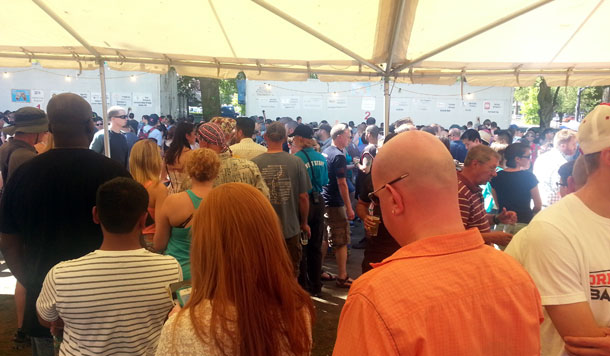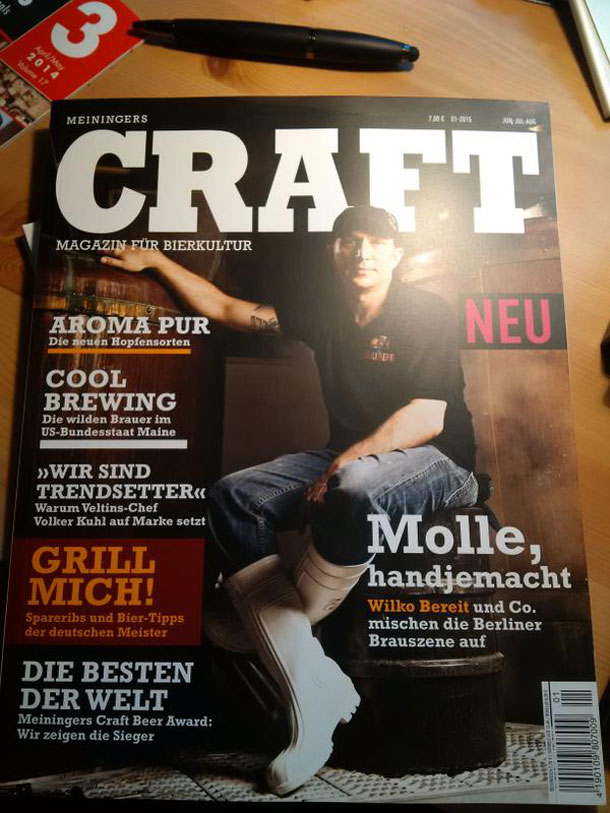MONDAY BEER LINKS, MUSING 07.13.15
Can Craft Beer Truly Express a Sense of Place?
Of course the answer it yes. That doesn’t mean I expect every beer will, or even that I think it should. Nonetheless, I’m delighted to see more people joing the conversation. As a whimsical aside, the other day the Wall Street Journal reported that Fox will begin selling Duff beer. And the thought occurred to me that if they are going to claim it tastes of Springfield, The Simpsons will finally have to reveal where Springfield actually is located. [Via Punch}
What do protected origin labels mean to consumers?
There are 1,310 Protected Order of Designation, Protected Geographical Indication, and Traditional Specialty Guaranteed products in EU. No surprise the designations are turning into marketing tools. [Via Food Navigator]
“Faux craft” – a good thing?
Not a new question, but it provoked interesting comments, including this from StringersBeer: “Choice has to be about more than what yr beverage is flavoured with, or what it wears on the label. A choice of who we get to deal with – of what kind of organisations, with what ethos – that’s a good thing.” Indeed. You are not required to care if a beer is locally brewed or if it comes from a conglomorate, but you should be allowed to. [Via Stonch’s Beer Blog]
Critical Drinking with Dave Engbers of Founders Brewing Co.
A long one, so I suggest Pocket-ing it. Interesting fact: they’ve not got 4,700 bourbon barrels filled with various beers deep inside an old gypsum mine that has been turned into a storage facility (for multiple Grand Rapids businesses). And to return to a question that runs through all of the stories above, Engbers says, “The biggest challenge our sales crew has is ‘local.'” That doesn’t mean that you can taste local, but it sure indicates it matters. [Via Good Beer Hunting]
20 tradicních ceských hospod, kde se psala historie. Basically “20 traditional Czech pubs with history.” It is in Czech, but Google will volunteer to translate you. Check out the stuff on the wall at Klášterní pivovar Strahov (Praha). [h/T Max Bahnson]
Israeli Craft Beer.
Hebrew has no word for “brewery.” Who knew? Anyway, “There is something mystical about walking through the market after hours, when it is closed and the piles of post-market trash are being carried away, the yelling has stopped, the crowds are gone, and turning the corner into a side street you find Beer Bazaar open.” [Via Make Mine Potato]
AND VIA TWITTER …
When this showed up on my Twitter feed Friday I went looking for a photo (below) taken at the Oregon Brewers Festival last year. It shows the line for Hell or High Water Watermelon Wheat brewed by 21st Amendment. (Taking a picture of a line at a beer festival is a losing proposition. Too hard to show. But I wanted to send it to Shaun O’Sullivan, the 21st Amendment brewmaster, who didn’t stick around for the Saturday session. So I put my glass down, took the photo and sent it to him via a DM. When I turned around I discovered somebody had stolen my glass. Who the heck steals a glass at a beer festival?)
By the time I found the photo it was apparent how ill advised the Budweiser tweet was. Click on the date (or here) and you will see the responses just keep coming.


